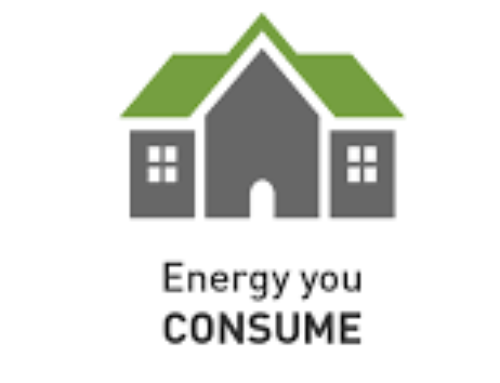In California, the second-largest source of gas emissions (after transportation) is buildings. The state has for decades aimed to reduce energy consumption with energy-efficiency standards in building codes, and we now see growing advocacy for updated energy codes that would accelerate the transition to all-electric buildings — i.e., homes and workplaces where power can be fully supplied by renewably-sourced electricity. Many California cities and counties have updated local codes hoping to encourage an even faster transition to all-electric communities and from gas to electric appliances. To date, most of these jurisdictions are in Northern California.

As this chart illustrates, our use of natural gas is continuing to go up — the wrong trajectory for a healthier climate. While natural gas is cleaner than coal or oil, this trajectory too must be reversed. And while electricity generation and industry are leading consumers of natural gas, note that its use is also substantial in our residential and commercial buildings.
In California, Senate Bill 100 (“The 100 Percent Clean Energy Act of 2018”) established a policy target of 100% zero-carbon electricity by 2045 – that is, that eligible renewable energy sources and zero-carbon resources will supply 100 percent of all retail sales of electricity to end-use customers and 100 percent of electricity procured for all state agencies by December 31, 2045.
California has for decades aimed to reduce energy consumption with energy-efficiency standards in building codes. We now see growing advocacy for code updates that encourage all-electric buildings — i.e., homes and workplaces where power can be fully supplied by renewably-sourced electricity.
Periodic updates to the state’s building codes are encouraging transition to buildings that run fully on clean energy, but some cities and counties are leading with stricter local requirements (“reach codes”), e.g. for all new construction to be all-electric, and some are introducing programs to incentivize retrofits or encourage upgrades with real estate turnover. To date, most of these jurisdictions are in Northern California.
In our region, the recently formed San Diego Building Electrification Coalition (SDBEC) is organizing to advocate for policies that could advance these goals and to educate consumers and contractors about gas-free options.
“Natural gas” is primarily composed of methane, a powerful greenhouse gas. Leaks from pipelines add a considerable amount of methane to the atmosphere. In addition to methane, combustion of natural gas releases nitrogen oxide and carbon monoxide. Studies have linked household gas use to asthma and other respiratory illnesses, as well as cardiovascular diseases and developmental problems in children. Residents living with old, inefficient, or poorly maintained appliances have greater risk.
In San Diego, a lot of us cook with gas, heat water with gas, dry clothes and run furnaces with gas, and cozy up to gas fireplaces. Transition will be challenging for long-time gas customers, and many of us will need to learn about and understand some new technologies, e.g. heat pumps and induction cooking. SDBEC aims to be a resource for us for on that front too. We encourage you to visit their website at sdbec.org for more information and links to helpful resources.




